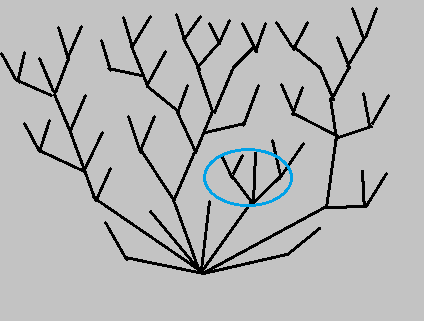What do you do with purchased hinges when one side is welded to the frame?
I’m mostly concerned about preventing problems down the road by making sure people are using the intended process. I do process consulting, training, troubleshooting, and sometimes just settling arguments. You have to have a modeling process that everybody can use. If you’re the only one, you still have to provide for people who are going to get the data after you. You really don’t want them calling you names.
If the parts to your cabinet are bent before it is assembled, meaning you pick parts from a stack of finished parts to weld them, then I would model as individual parts. If the same guy bends them and welds them all at one station, then I’d do it as a multibody. If the individual parts have part numbers - separate parts.
I stress this “process” part of things because it is important in SolidWorks. They also want to make everything easy, which means people get drawn into bad processes “because they can” sometimes. With synchronous, process doesn’t matter at all. The only thing that matters is the end result. This is why synchronous is such an amazing relief, especially in assemblies. Edge does force you down the correct process more often than works does, so there is less to worry about in that respect. But you can probably force things off the rails if you really wanted to.
